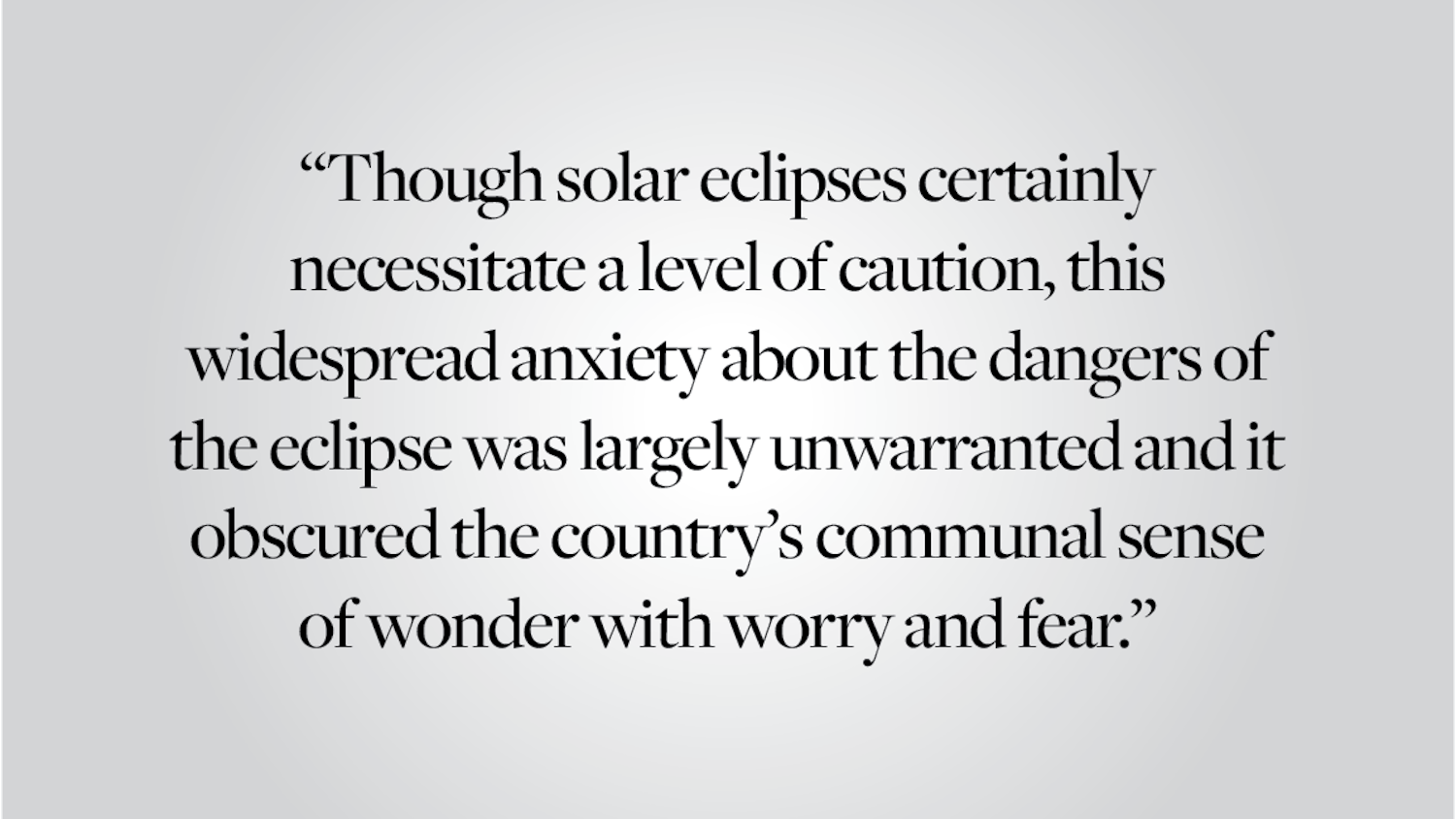Much like our midterms, finals and course papers, the upcoming presidential campaign looms in the back of our minds. We prepare for a presumably clear-cut Democratic primary and a heavily contested Republican one. As a proud and openly secular liberal institution of higher learning, most members of the Brown community will undoubtedly throw their support towards the left.
Unlike the two previous presidential elections, there is no longer an ideological and oratorically skilled Barack Obama brilliantly blazing the campaign trail. Instead, we Democrats have the more realistic and policy-driven Hillary Clinton. In addition to the absence of Obama’s campaign energy and crowd-exciting speeches, Democrats face still more obstacles: Let us not forget the Republican resurgence and the American people’s frustration.
In the 2014 midterm elections, the Republicans gained nine Senate seats to bring their total to 54 and leave the Democrats with 44. Republicans also picked up 16 House seats, capturing 247 in all to the Democrats’ 188. By giving Republicans control of both houses of Congress, the American people have delivered a clear message: They are not happy with the lack of progress in Washington, and they are pinning government shortcomings on those in charge of D.C. operations, namely the Obama administration.
In previous years, the Senate has often been the platform for the minority party to resist legislation proposed by the majority party. In order to stop Democratic agendas, Republicans have often used the filibuster and their votes in the Senate to block legislation from the left. Effectively, the Republicans had become the “party of no,” before gaining control of the Senate in November’s elections.
Now it’s the Democrats turn to say no, seen in the most recent filibuster of Republican-endorsed funding for the Department of Homeland Security. The overall strategy is to undermine the majority party by turning down proposed bills in order to make the controlling party appear inadequate and incapable of any forward movement.
Democrats, for the next two years, will need to rely heavily upon close scrutiny of actions taken by the Republican-controlled 114th Congress. If Senate Democrats successfully employ the Republicans’ nay-saying strategy while Obama continues his adept use of executive power, they may very well regain control of Congress and retain their ownership of the White House in 2016.
Regardless of party tactics, the 2016 White House race will be a close one, especially since Republicans have the upper hand in Congress. But should Clinton decide to enter the race, the Democrats will have a decisive primary season advantage with an unsaturated candidate pool, allowing more time for policy pre for the general election. Whereas the Republicans have several potential presidential candidates — including former Florida Gov. Jeb Bush; Sen. Ted Cruz, R-Texas; Sen. Rand Paul, R-Ky.; Sen. Marco Rubio, R-Fla.; and New Jersey Gov. Chris Christie — the Democrats have few candidates lining up to seek the Oval Office. In fact, there are almost no signs of any serious Democratic challengers to Clinton, which, if she decides not to run, could prove disastrous for every member of the party and force it to scramble to find a suitable nominee.
To understand the Democratic primary, we must first look at those qualified to run. So far, the only candidate who has actively pursued interest in challenging Clinton is former Maryland Gov. Martin O’Malley, a former Hillary supporter who is currently engaged in fundraising for a presidential bid. The only other two possible contenders would be Sen. Bernie Sanders, I-Vt., and Sen. Elizabeth Warren, D-Mass., who has adamantly denied any interest in the position. Sanders has said he will decide whether to run by March.
Thus, Clinton remains the Democratic favorite for the position and is surely most qualified to be president. She holds a resume that includes U.S. Senator, First Lady and Secretary of State. In addition to her personal successes, there is also an irresistible nostalgia for the presidency of Bill Clinton, whom Sen. Tim Kaine, D-Va., described as having presided over “the biggest expansion of the American economy since World War II.”
To look on the bright side, despite the fact Hillary has not made a formal announcement, she has been busy forging a formidable campaign team that would dwarf that of any potential Republican nominee in terms of experience and prestige. She seems to have already chosen “a campaign chairman, a campaign manager, a chief strategist and lead pollster, another pollster, a lead media adviser, a communication director, a deputy communications director, a focus group director and a communications strategist,” according to a Feb. 6 Washington Post article. Many advisors who led Obama to defeat Clinton in 2008 now support her 2016 run. Jim Messina, a senior aid to Obama’s campaign in 2012, told the Post, “It’s her turn and her time.”
In order to avoid the feeling of an incumbency run or a third-term election, Clinton and her advisors have developed a strategy to separate her from the policies of the Obama administration. She will purportedly do so, the Post article continues, by showcasing a “more populist and ‘base-friendly’ domestic-policy ideas in the absence of strong primary opposition”.
What does this mean for us Democrats? A traditional centrist, Clinton will be taking more left-leaning policy positions in order to secure votes from her base supporters while maintaining her apt ability to negotiate and compromise — skills that have been absent from Washington for nearly 16 years. As self-described progressives, Brown students will finally have a candidate that is the best of both worlds — a female president holding progressive values who has the connections and charisma to get the job done. The 2016 election may indeed be a turning point in 21st century American politics, and we may once again see our country move forward in a positive way.
Graham Gonzales ’18 is a political science and economics double concentrator.




